🥚 1.1 Basics: AI Then & 🐣 Now


welcome to the first lesson of prompts for proffies
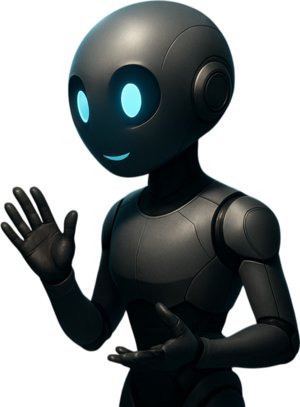
Good to have you!!!

prompts for pros is a practical course on working effectively with AI based on the legendary 'monkey see, monkey do method' (made up by me)
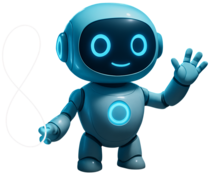
No endless theory or abstract concepts, but concrete real-life examples with real results and clear instructions on how to achieve them yourself.

Each lesson is designed to convey knowledge, tools and practices as efficiently as possible. I show how something works for my goal(s) and let you do the same for your goal(s). "Less conversation, more action" said the motto.
"Less conversation, more action"
the motto

However, to get off to a good start, you need solid basics. Therefore, in the first module, we cover some of the key issues you will face every time you are heavily involved in AI.
At the end of this module, you will be able to make (and argue for) confident choices when it comes to:
- choosing the right model;
- choosing the right app;
- choosing/making the right (first) prompts.

a good start...

Thinking..
.. is 0.3849382 the work 💯
Right! A good start, no matter where you do something. With this knowledge mastered, you can worry about the real thing with confidence. But for now, let's start with a bit of.. history 🤓.

it's over before you know it!
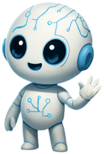
Promised 🥹
🎓 Waarom deze les?
AI is growing at an incredible pace, making it difficult to keep up with everything continuously. Every week there are new updates. New models, new apps, and new companies. What was groundbreaking and top-notch innovation last month is likely already the most normal thing in the world now.

you can't see trees in the forrest

sorry, old model.. 🤦
Sometimes it goes too fast and that is annoying, but also beautiful of course. The AI revolution is underway and we get to experience it all. That doesn't change the fact that it can be overwhelming and you may feel like you're constantly falling behind (FOMO). In this lesson, we will try to do something about that!

Power is knowledge!

😭
The more you know, the better you can assess which model, which app, and which news articles are relevant to you. This leads to less noise and an effective learning strategy. In this lesson, we will start.. from the beginning ☺️.

are you ready? let me take you back.. way back..

Back into time.. 🤩

🧠 Darthmouth Workshop
More than 70 years ago, a group of scientists came together to organize a super long hackathon called the Dartmouth Workshop. they had come up with a simple question.
"Can we make machines as smart as people?"
They started a long brainstorming session with good spirits. The hackathon lasted about eight weeks. Eleven people were invited, and although not everyone was present all the time, different people continuously came by to contribute to the discussions. This created a steady flow of fresh insights and enough time to thoroughly examine each idea.

This approach was crucial for success. Everyone could take a few days to think and then come back with new insights.
💡 Click here for some examples of what that looked like in practice (expands)
- Famous AI influencer of that time and also the main organizer of the hackathon John McCarthy presented his ideas about symbolic logic in the first week. This is a type of programming that uses symbols like letters and numbers to express and write things logically.
- Allen Newell and Herbert Simon came up with an early version of their "Logic Theorist" program in week two. It was the very first program that could "think" for itself and solve problems.
- Marvin Minsky joined in week three with his theories about (artificial) neural networks. A way to mimic the functioning of our human brain. This somewhat clashed with John McCarthy's ideas about symbolic logic, but instead of leading to conflict, it sparked nice discussions about the different paths to intelligence.
- Claude Shannon appeared in week five with his information theory that describes how to best convert information like words, images, or sounds into a form that machines can understand and transmit.
- The week after, Allen Newell and Herbert Simon returned with a new version of their program, in which they had incorporated all the feedback from the other participants. A great example of the effectiveness of the hackathon approach.
Eight weeks flew by and despite the fruitful period, the brainstorming ultimately didn't lead to the breakthrough everyone had hoped for, but they did achieve something else legendary!

legendary.. oooh..
drum rolls please..
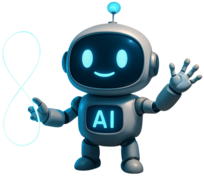
👇🫡

"Artifical Intelligence"
John McCarthy
John McCarthy was the first to name it. From that moment on, official research could be conducted into the wonderful world of "Artificial Intelligence." Many people consider this moment as the official starting point of AI.
At the end a plan of action was created with different research directions. Some focused on pattern recognition, others on logical reasoning, and still others worked on understanding language. These were different pieces of the same big AI puzzle that they hoped to put together. The hackathon generated a lot of excitement about the potential of AI.

🎉 De AIfterparty
In de jaren die volgden werd er veel tijd en geld gestoken in onderzoek. Veel overheden en universiteiten geloofden dat kunstmatige intelligentie om de hoek lag. Geschat werd binnen 10 jaar machines te kunnen bouwen die net zo slim als mensen zouden zijn, dat bleek wat optimistisch. Niet omdat de ideeën niet goed waren, maar omdat computers toen simpelweg nog niet krachtig genoeg waren om ze uit te voeren.

The first systems could play simple games and solve easy puzzles, but as soon as the problems became a bit harder, they got stuck. Around the 1970s, the first so-called "AI winter" occurred. Expectations were not met, and funding ran out. Researchers had to put their big plans on hold and focus on smaller, more defined problems, like recognizing handwritten text or solving complex chess scenarios.

In the 1980s there was a revival thanks to the rise of expert systems. These were programs developed with the knowledge of experts to make decisions. They were mainly used for medical diagnoses and technical failures, but this development eventually faced certain limits. They couldn't handle new insights or unforeseen situations because these weren't programmed in. This made the systems difficult to maintain and ultimately very unreliable for serious issues.

so imagine you build a system that knows everything about car repairs. but then a new car comes out with technology that didn't exist when you created the system

Then the system is left empty-handed. It can only operate with what has been programmed in advance. No flexibility, no adaptability.

exactly! that was the problem with those expert systems from the eighties. they worked well with old knowledge, but as soon as something new happened, they became useless.
🤖 Machine Learning
Due to the disappointments with expert systems, researchers began to rethink intelligence. Instead of programming all knowledge in advance, they wondered if computers could learn on their own through examples and pattern recognition.
This was the beginning of what we now call machine learning. People thought that a small child doesn't learn by memorizing thousands of rules. It sees examples and learns to recognize patterns based on them. A dog is a dog because a child has seen many dogs and noticed the similarities.
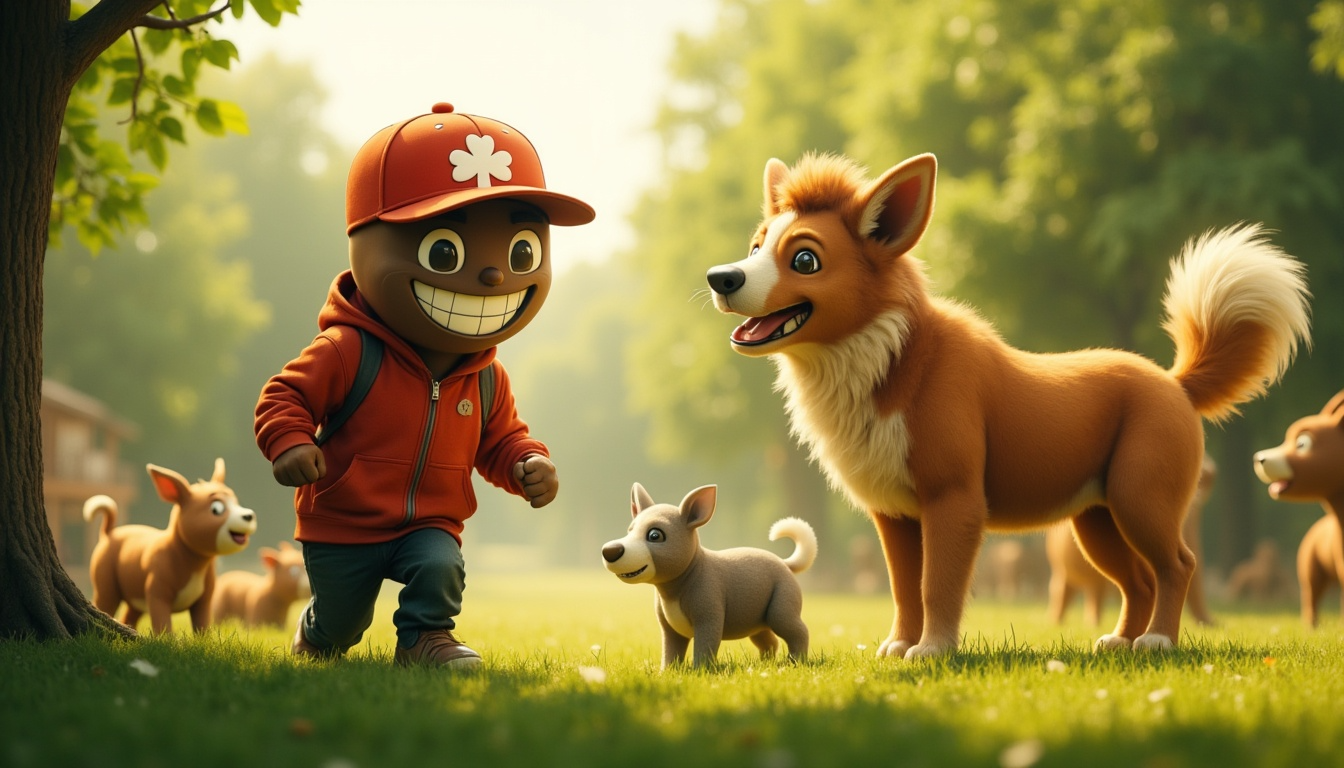
The first machine learning systems were quite simple. For example, they could recognize handwritten digits by analyzing thousands of examples of handwritten numbers. The system learned on its own which features were important.

is there a rounding at the top? then it is probably a 6, 8, 9 or 0.

Does it have two vertical lines? Then it's probably an 11.

Or not? 🤔
It figured out which details were important by comparing examples instead of having a programmer come up with this in advance.
🕸️ Neural Networks
While machine learning was developing, other researchers were working on neural networks. They tried to connect artificial neurons to mimic the human brain. The first neural networks were small and could only handle simple tasks, but then they discovered that these networks became more effective when stacked in layers. The first layer might only see lines and angles, but the next one combined these into shapes, and eventually, a stack of layers (neural network) emerged that could recognize complete objects.

Here's a fun fact for you.. within the art of prompting, I came up with a similar concept called "Prompt Stacking"

Prompts with other prompts. We call it promptception. This often ensures that we get a clear explanation of what is intended.
Very NAIS

alright well, we also call it "tosti prompts." just throw a bunch of ingredients together and hope it tastes good. delicious.

Guys.. FOCUS!
The problem was that these networks required an enormous amount of computing power that was not available at the time. The more layers you added, the harder it became to train them. It seemed almost impossible, and many researchers gave up. But a small group continued to believe. They kept working on training methods and patiently waited for computers to become powerful enough. That day came in 2012 when a neural network won an image recognition competition for the first time. The result was so impressive that many developers regained hope, and a new revolution was about to begin.

so you are basically like a toddler who is slowly learning what a dog is. first the paws, then the ears.
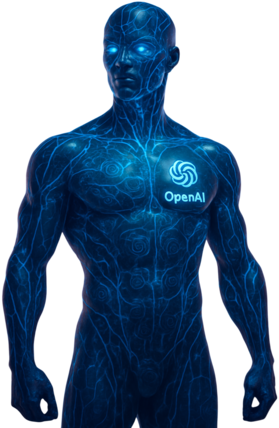
Shut up.
🚀 Deep Learning
The breakthrough in 2012 marked the beginning of what we now call the deep learning revolution. Deep learning is the collective term for neural networks with a large number of deep layers.
Suddenly AI could do all sorts of things that once seemed impossible, like recognizing faces in photos and converting spoken language into text. With the growth of computers and the internet, data became available everywhere. Every photo on social media, every typed message, every website became training material. Companies like Google and Facebook had mountains of data and the resources to utilize it. More data and increasing computing power meant that AI became much smarter very quickly from that point on.
What makes deep learning so powerful is its general applicability. The same technique works for images, sound, and text. You just need to have the right data and enough computing power. The rest takes care of itself.
🤖 Transformers
In 2017, researchers from Google published a paper on "Transformers." This is a new architecture for neural networks that works very well for language. The special thing about transformers is that they have two important features: they can process entire sentences at once and they remember much better what was said earlier in a text. This makes it possible to train much larger and more powerful language models.
Older models read text piece by piece and only remembered what happened just before. This made it easy for them to lose track with longer texts. Transformers approach it differently. They look at all the words in a sentence or even an entire text at the same time. With a mechanism, they determine which words are important to each other. For example, a transformer can understand that "he" in the sentence "Piet is cycling home because he is tired" refers to Piet. This makes them not only faster to train but also much more powerful.
💬 Large Language Models
OpenAI was one of the first organizations to apply transformers on a large scale with their GPT models. They trained increasingly larger models on more text from the internet. GPT-1 was interesting because it laid the groundwork for natural language processing, although it wasn't very useful for practical applications. GPT-2 was much better and could write coherent texts like articles and stories. In 2020, the real breakthrough came: GPT-3 was the first model that allowed for good conversations, creative tasks, and reasonable programming.

Years of research suddenly came together in one system that was usable for a wide audience. Besides OpenAI, other companies like Google, Meta, and Anthropic have also continued with this approach. They developed models with hundreds of billions of parameters. These parameters are the numbers that help the model determine how it functions. Each parameter represents an aspect of the data the model analyzes. The more parameters there are, the better the model can understand and learn complex details and relationships in the data. This leads to more accurate predictions and insights.

As these models continued to develop, they became not only better at language but also more flexible in applying their knowledge. You can ask them to translate a text, create a summary, or rewrite a piece of text in a different style, all without needing to retrain the model for each task. We call this "few-shot" or "zero-shot learning." You provide a few examples or just a task, and the model understands what you mean. These concepts will also be discussed later when we dive deeper into creating prompts.
The development of transformers has laid the foundation for the current generation of AI tools. They are widely applicable, relatively easy to use, and becoming increasingly accessible to the general public. This means that AI is no longer just for researchers, but for everyone like you and me who wants to make smart use of this technology.
🔔 Ding Dong

The school bell rings.


hopefully you now understand a bit better how AI came to be and what all those complicated terms mean
X28, let's present a brief summary

Your prompt is my command.. 🙂
Machine learning is the foundation on which everything rests. It is the technique that allows us to learn from data without needing to be told exactly what to do.

Neural networks are a way to apply machine learning. They mimic how the brain works by sending information through a network of artificial neurons. Each connection has a weight that indicates how important that information is. By adjusting these weights, the system learns to recognize patterns.

Deep learning occurs when you give our neural networks many layers. While a simple neural network might have three layers, deep learning often involves dozens or even hundreds of layers. Each layer learns different aspects of the data. The first layers pick up simple patterns, while deeper layers help us understand more complex concepts.

Large Language Models are Deep Learning systems that focus entirely on language. They have learned from billions of pieces of text, which allows them to understand what words mean and how they relate to each other. ChatGPT is one such model. It uses deep learning to predict which word fits best in a sentence.

So you go from machine learning to neural networks to deep learning to language models. Each step adds specialization, but the foundation remains the same: we learn and predict based on large amounts of examples.

in the next lesson we will discuss the different AI models that you will encounter as a professional prompter


Exciting!! I love models.. ☺️
bAI bAI 👋
No spam, no sharing to third party. Only you and me.



Member discussion